Leonardo was an extraordinary human being, a gifted individual who impressed within a wide variety of artistic disciplines within in the Italian Renaissance. His legacy is strongest within the fields of painting, drawing and engineering.
Introduction
Leonardo da Vinci's biggest impact was in the evolution of oil painting, producing complex layers of glazing which delivered near-infinite variations of tone, leading to lifelike qualities within in his portraits. He was a curious, ambitious artist who covered most genres across his oeuvre, including landscapes, history painting and religious artworks.
The artist would move around Italy on multiple occasions, always seeking out the most prestigious commissions from high-ranking donors. His reputation spread widely, leading to many opportunities, more than he could complete on his own. He therefore built a substantial studio of skilled assistants, just as other masters would do, such as Michelangelo.
Da Vinci decided to extend his creativity into engineering, and produced a number of ideas in the fields of weaponry and human flight. Italy was a turbulent region during his era, and wars were commonplace. Da Vinci believed that his innovations could secure regular funding for himself and his large studio. These inventions continue to be brought to life by enthusiasts in the modern era using modern engineering principles and lighter materials.
Leonardo's impressive skills as a draughtsman lied beneath most of his success in other disciplines. He practiced for hours at a time, filling sheets of paper with various, related sketches. He loved to understand how elements from the natural world functioned so effectively, and his skills of observation allowed him to reduce these items into their component parts.
The article below examines the main disciplines in which he was involved, as well as touching on some of the most famous paintings, drawings and inventions from his career. There is detail on the qualities that he possessed in each one, as well as the working processes that proved so effective for him. We also consider how his influence has impacted other artists and engineers in later centuries.
Table of Contents
Paintings
For many centuries after Leonardo da Vinci had passed away, the world only knew him as a painter. It has only been in recent years that the full array of his talents has been truly understood and documented, helping him to become the true Renaissance Man that we all know and love.
Leonardo learnt much of his craft under the wing of master Andrea del Verrocchio, working within his studio for a number of years, as he slowly rose in experience and status. He would be taught many disciplines during his time here, opening his eyes to other ways of expressing his creativity, but it was painting in which he showed the most early promise.
Indeed, it is widely reported that his great master became so disillusioned with his pupil's extraordinary ability within this discipline, in comparison to his own, that he decided to paint no-longer, and to focus on other disciplines in which he felt more proficient. The two worked together on a number of paintings collaboratively up to that point.
He would eventually set up his own studio, and over time Leonardo relocated around Italy in order to acquire the most prestigious commissions. He would build up a strong team of assistants who would work in a similar manner and also helped him to spread his curiosity into other disciplines.
Leonardo brought about a number of advancements within Italian painting, and was able to marry the conventions of the past, many of which he had learnt during his apprenticeship, but also to implement his own innovations alongside. He essentially lifted the bar within Italian Renaissance art, in a period which was already ground-breaking and influential in its own right.
Leonardo da Vinci's Most Famous Paintings
There are only around two dozen paintings attributed to the artist, with a number lost or damaged in the years that have passed since his death. Despite this, his painting oeuvre is varied in terms of genre, covering religious themes and portraiture prominently. He would also combine learnings from other disciplines in order to evolve his painting techniques, such as with his understanding of perspective and anatomy.
Inventions
Leonardo was a respected engineer who produced a number of ideas which mirror a number of modern-day items. He served as a military and hydraulic engineer, and used his skills of observation as an artist to build an understanding of how different things worked.
In order to be taken seriously as a military engineer, Da Vinci proposed a number of ambitious projects that could prove advantageous within warring Italy. He understood the specific requirements of battle, and set about improving upon what already existed, as well as creating a number of entirely new ideas.
Da Vinci sketched out ideas for a number of innovative weapons, including various machine guns, a giant crossbow and even a diving suit which might allow divers to attack the hulls of enemy ships. He would travel around Italy towards the end of the 15th and early 16th century, studying fortified buildings and defences, learning how they could be protected, or breached with a number of ingenious designs.
Many of Da Vinci's inspirations for his inventions came from nature, having studied elements of this genre in great detail as a painter and draughtsman. His understanding of the flow of water helped him to plan our new canal systems and he also helped to evolve map design, and make them more useful to military commanders.
Leonardo's interest in the flight of birds inspired him to explore the idea of human flight. He unsuccessfully designed a number of methods of flight including an ornithopter, before later reducing his ambitions down to a glider. His attempts were restricted by the lack of light materials available at that time. Several of his ideas have been turned into working prototypes over the past century, thanks to a number of enthusiasts who have taken up the challenge.
His role as an engineer was well known during his own lifetime, before being somewhat forgotten for centuries. with his paintings taking precedent. The publication and promotion of his codices, however, has brought Da Vinci's inventions back to back to public consciousness once more.
Leonardo da Vinci's Most Famous Inventions
Da Vinci's notes and sketches run into the thousands, but we have selected some of his most famous inventions for you, below. The main categorises in which he was involved include military and hydraulic engineering. Most best remember some of his weaponry as well as a number of elaborate flying machines. Sadly, he was unable to put any of these ideas into practice within his own lifetime, but the evolution of thinking that he brought about would inspire later generations of engineers and inventors.
Drawings
Leonardo da Vinci's drawings laid the foundations for much of his success. It was here that he displayed his skills at their most raw, as he developed his understanding of many different subjects through observation and continual practice.
He would take his curiosity into a wide variety of genres, but it would be his anatomical studies which provided so much knowledge to lift his famous painted portraits. Leonardo would sit and practice for hours, filling sheet after sheet with large number of studies of humans in all manner of different poses.
Leonardo may be regarded as a genius, but his skills as a draughtsman were earned through hard work. He took on ideas from experienced masters, some from previous centuries, and then over time he started to implement his own innovations on top. He left behind thousands of drawings and notes which have been collated and documented in recent years, as knowledge of his talents outside painting have started to spread.
He made use of metalpoint and pen and ink before moving on to chalk in the latter part of his career. He would become skilled in depicting the human body, as well as animals such as horses and bears. He also crafted facial portraits in which proportions were precisely delivered. There would also be maps, botany and landscapes, most of which would eventually find their way into his paintings.
Da Vinci desired precision, and near perfection within his paintings and so would practice every element of his compositions in detail. He would address drapery, for example, producing lifelike qualities of clothing on his portrait figures, both in chalk and oil. All of these mastered genres then came together on wood panels, displaying all of his drawn studies together in colour.
Leonardo da Vinci's Most Famous Drawings
From the hundreds of drawings attributed to the artist, we have selected some of the most famous below. Leonardo remains amongst the most highly skilled of draughtsman, with a varied oeuvre that was crucial in the success that followed in other disciplines, such as painting, science and invention. He also reminded us that even the most talented of individuals also need to work hard in order to reach the greatest heights possible.
Sculptures
Leonardo da Vinci always retained an interest in sculpture because of his connection to Verrocchio, his master, who specialised in this discipline. Leonardo would never devote as much time to sculpture as he did to his observational studies and many paintings, but several items remain from his career.
He experimented with different materials even in his short period as a sculptor, seeming to prefer bronze in the end. He produced a number of statuettes which are normally the means with which to obtain commissions, and his highest profile project would become known as Leonardo's Horse, which would ultimately go unfinished.
The Italian Renaissance era perhaps represented sculpture at its peak, certainly within the west since the ancient civilisations, and so Leonardo's contributions have always been overshadowed by the work of sculpture masters such as Donatello, Lorenzo Ghiberti and Michelangelo.




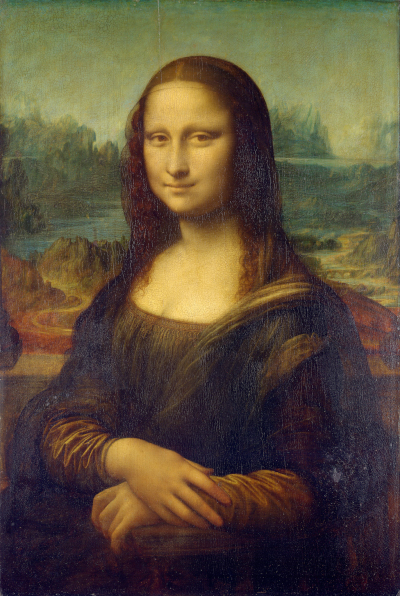




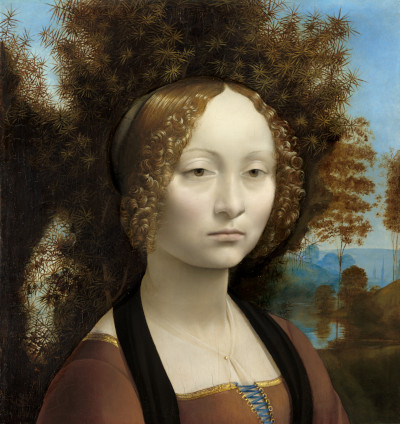
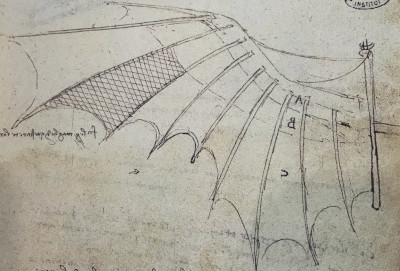


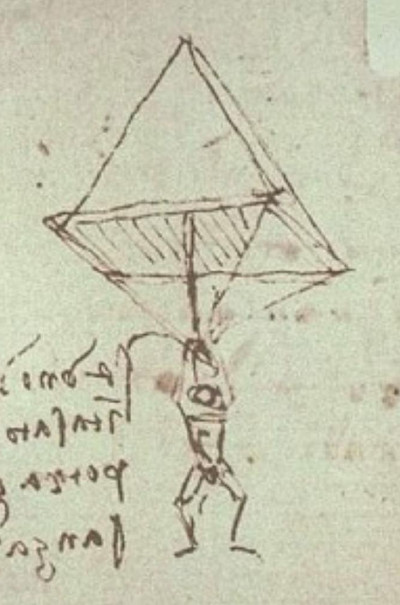

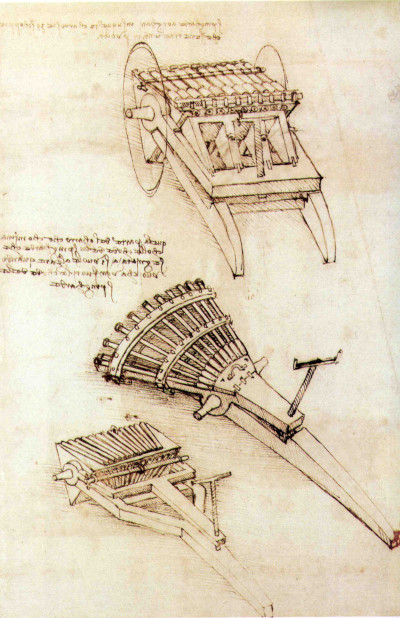
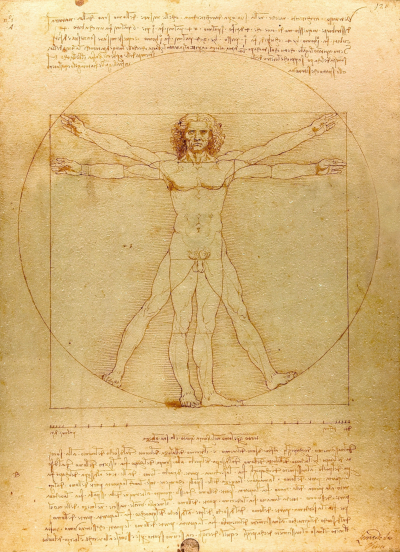

 Leonardo da Vinci.jpg)
 Leonardo da Vinci.jpg)
